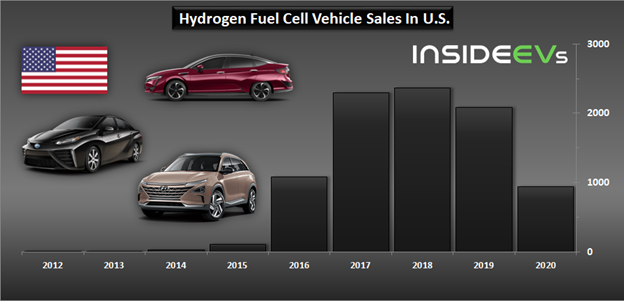Three Major Signs that May Change the Future of Hydrogen Mobility in the U.S.
As the global hydrogen economy makes significant progress, investing in the innovation and infrastructure needed to make fuel cell vehicles a powerful tool in achieving emissions targets, where is the U.S.?
The United States has largely been considered a bystander to the hydrogen mobility movement in recent years. While there are FCEV (fuel cell electric vehicles) passenger cars commercially available and California lawmakers have made an investment to put 100 refuelling stations and 48 hydrogen buses into operation, the prospect for a robust and viable U.S. market for FCEVs has seemed bleak.
 Global (EN)
Global (EN)
